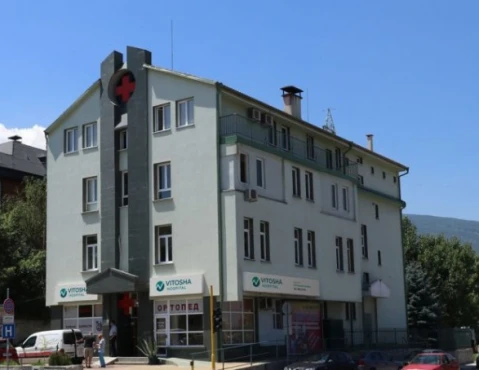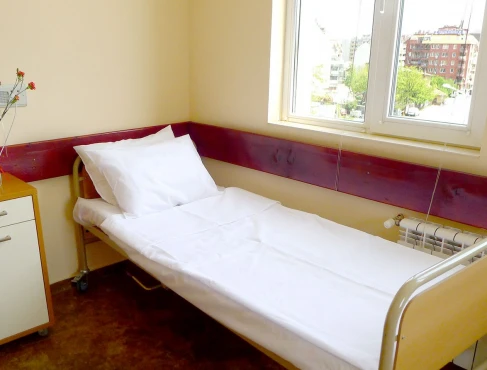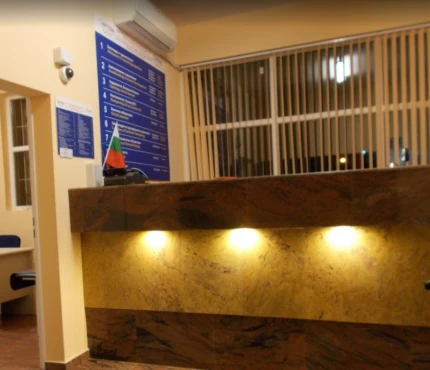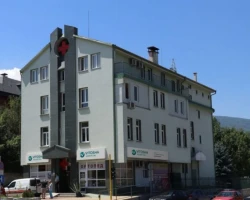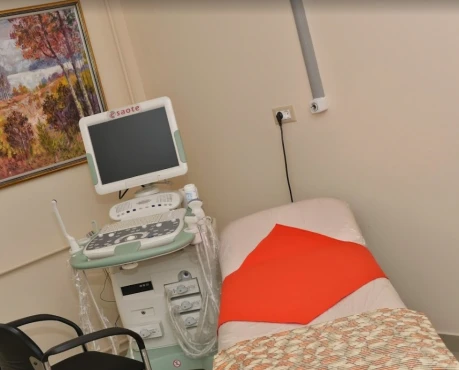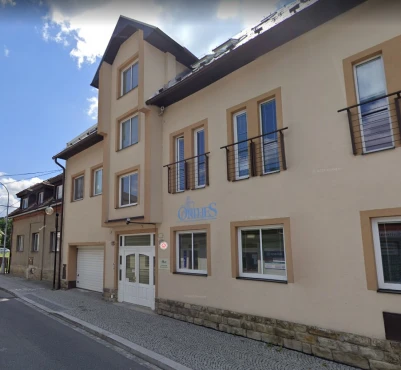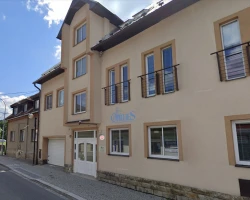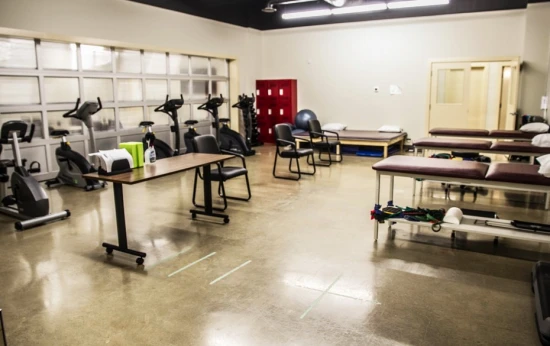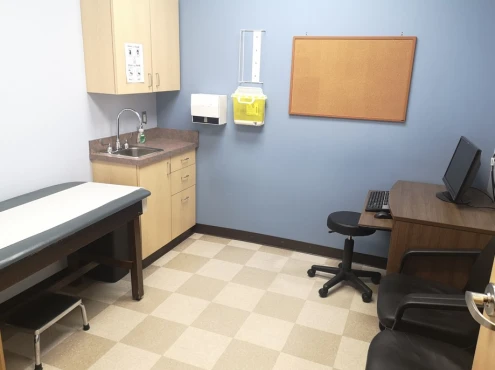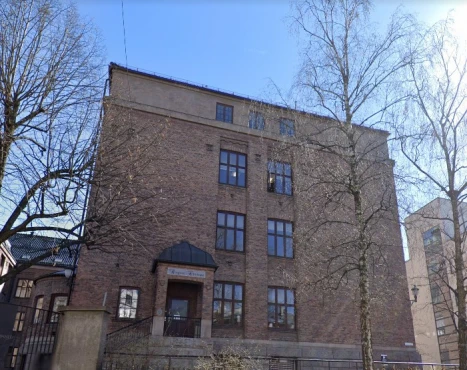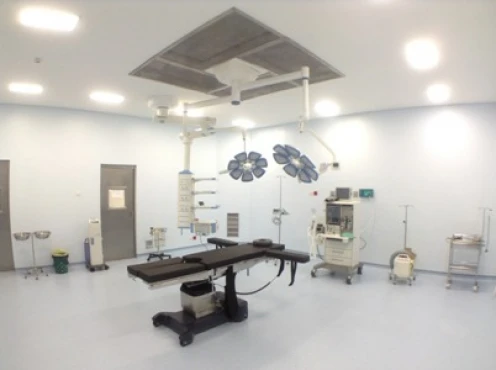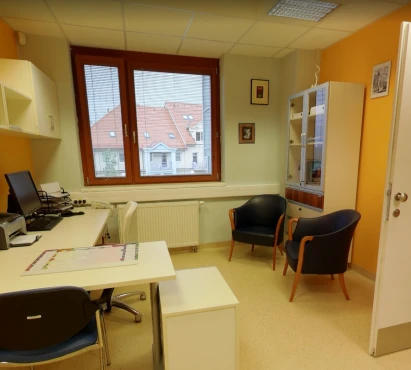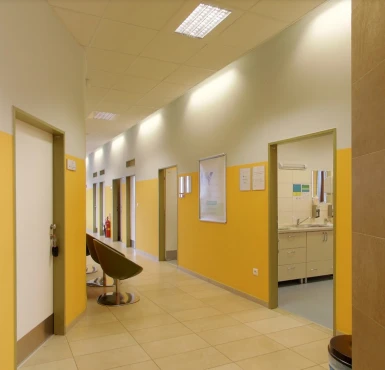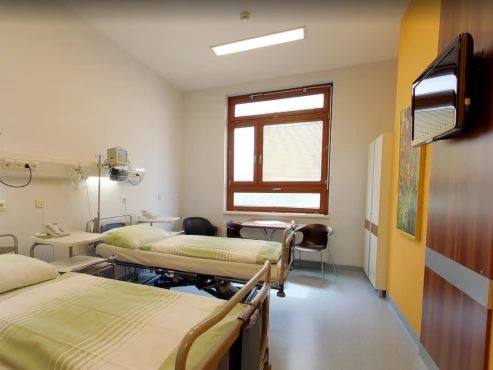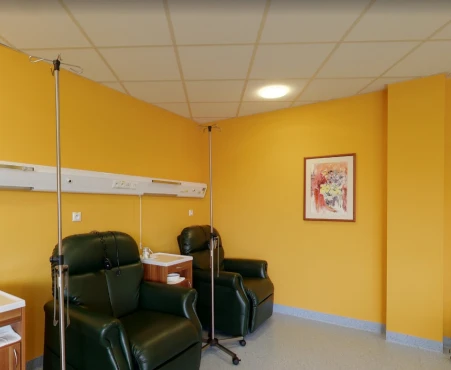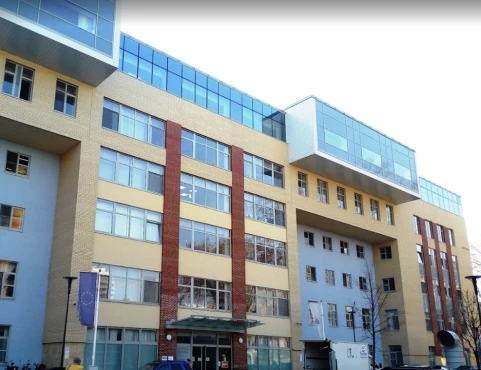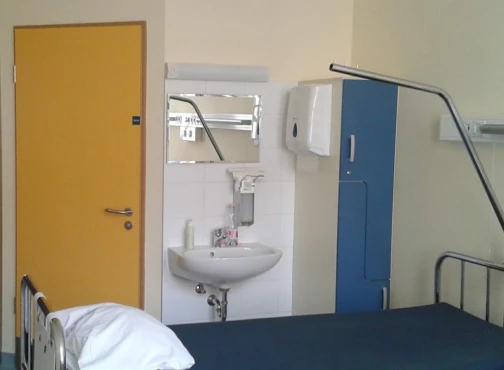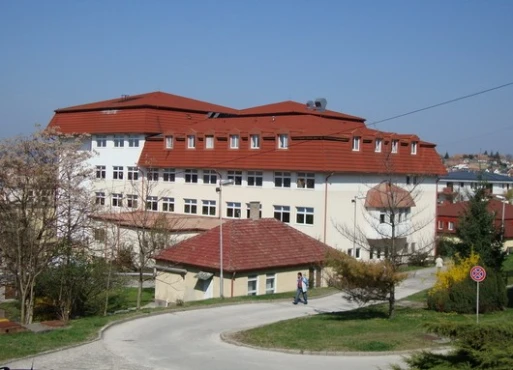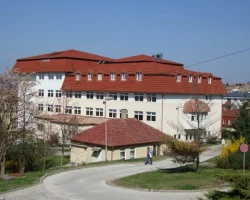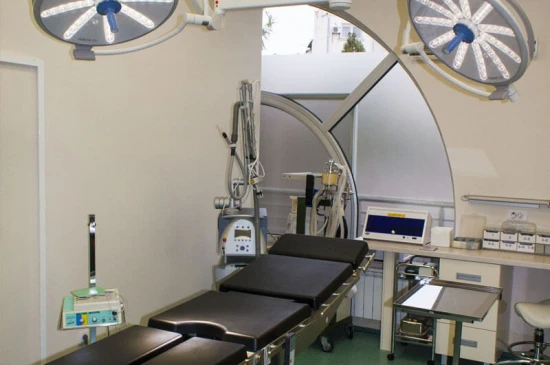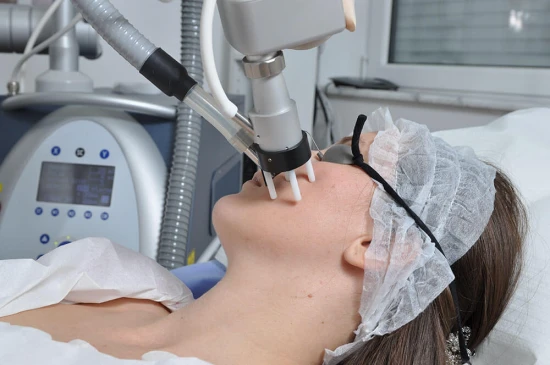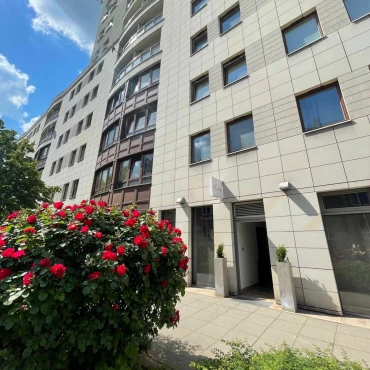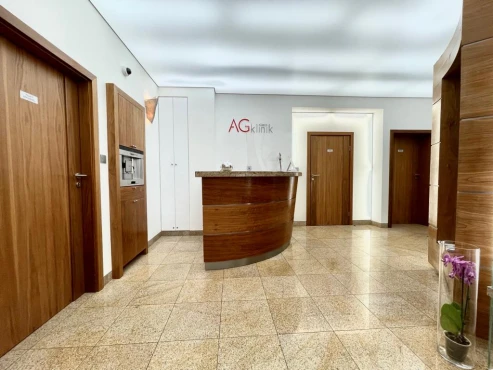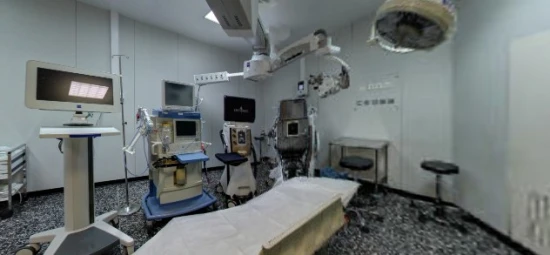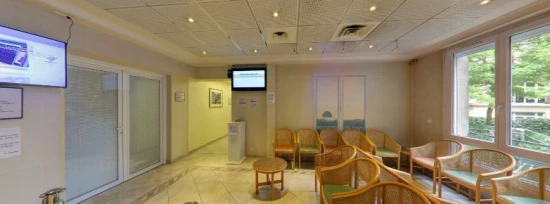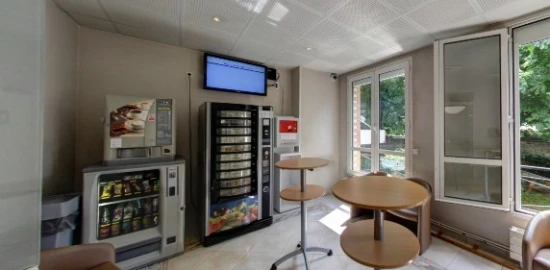Introduction
Ankle joint effusion is the consequence of ankle joint synovitis, which is an inflammation of the inner synovial membrane accompanied by fluid accumulation in the joint. It is rare. It can be provoked by trauma, osteoarthritis, arthritis, allergic reaction, endocrine or metabolic disorders, as well as the penetration of infection into the joint cavity. It is manifested by pain, increased joint volume, fluctuation, and restriction of movement. In the presence of infection, pronounced hyperemia and signs of general intoxication are observed. Diagnosis is made based on clinical signs. Radiography, MRI, CT, ultrasound, and punctate examination are used to identify the cause of synovitis. Treatment is usually conservative.
General information
Synovitis of the ankle joint is an aseptic or infectious inflammation of the synovial membrane accompanied by fluid accumulation in the joint cavity. It occurs less frequently than synovitis of other joints and is found in people of all age categories. It can be infectious or aseptic, acute or chronic. Depending on the cause of its development, ankle synovitis can be treated by orthopedic traumatologists, rheumatologists, hematologists, and other specialists.
Causes
In orthopedics and traumatology, aseptic and infectious synovitis are distinguished. Aseptic synovitis occurs without the participation of microbes and is a reaction of the synovial membrane to any pathogenic stimuli. Infectious synovitis develops due to the penetration and multiplication of microorganisms in the joint cavity. The cause of aseptic synovitis can be trauma to the joint: contusion, ligament sprain, ligament rupture, etc. Sometimes, reactive aseptic inflammation is “triggered” by an allergic reaction of the body.
In some cases, aseptic synovitis is provoked by a constant irritating effect on the synovial membrane of a joint part, such as cartilage that has lost its smoothness in osteoarthritis. Aseptic synovitis may also occur as a result of endocrine disorders (e.g., diabetes mellitus), neurogenic factors (neuritis, neuropathies), arthritis, hemophilia, static deformity of the joint, and congenital or acquired weakness of the ligamentous apparatus.
Nonspecific or specific pathogens cause infectious synovitis. Specific synovitis can be provoked by Mycobacterium tuberculosis; nowadays, such pathology is very rare. As a causative agent in nonspecific synovitis, staphylococci and streptococci usually act, but rarely – other bacteria. The infection enters the joint by contact, hematogenous (via blood vessels), or lymphogenous pathway.
Contact infection occurs with abrasions, contusions, cuts, puncture wounds, festering hematomas, boils, abscesses, or phlegmons in or near the joint. Hematogenous or lymphogenous spread of infection can be observed in some common infectious diseases and remote inflammatory foci. A predisposing factor is decreased immunity, exhaustion, and weakened state of the body.
Classification
Taking into account the peculiarities of the clinical course, acute and chronic synovitis are distinguished, taking into account the nature of the effusion (inflammatory fluid in the joint)—serous, purulent, hemorrhagic, and serous-fibrinous. In serous inflammation, the effusion is liquid, transparent, with a small number of cells; in hemorrhagic, it is also liquid, but reddish or brownish; in purulent, it is turbid, yellowish-greenish, with an unpleasant odor. A small amount of fluid rich in fibrin characterizes fibrinous inflammation.
Symptoms of synovitis
A patient suffering from acute aseptic synovitis is bothered by heaviness and pain (often radiating) in the joint area. The pain syndrome is mild with minor inflammation and occurs mainly during movement. With severe synovitis, the patient notes pain and a feeling of distension even at rest. Movement is limited. Examination reveals mildly pronounced edema of soft tissues, smoothing of contours, and increased joint size (the degree of increase depends on the amount of effusion). There may be slight redness and an increase in local temperature. On palpation, fluctuation is detected.
The course of chronic aseptic synovitis is usually undulating, with periods of exacerbation alternating with more or less prolonged remissions. During remission, the symptoms of synovitis are absent or weakly expressed, and the clinical picture is determined by the underlying disease (e.g., ankle osteoarthritis). During exacerbation, there is a symptomatology resembling the picture of acute aseptic synovitis, but the details may differ depending on the form of inflammation.
Infectious synovitis is characterized by a sudden onset with moderate to severe pain and general symptoms of intoxication: fever, weakness, fatigue, headache, etc. The joint is swollen and increased in volume, the skin over it is hyperemic, and its temperature is elevated. Movement is sharply hampered by pain, and support is limited. Palpation of the joint is sharply painful.
Diagnosis
To confirm the diagnosis and clarify the cause of synovitis, a joint puncture is performed, followed by cytologic and microscopic examination of synovial fluid. If indicated, the patient is referred to consultations with various specialists: rheumatologists, pulmonologists, endocrinologists, and allergists. If necessary, additional studies are prescribed: ankle joint X-ray, ultrasound, CT ankle joint, and MRI ankle joint, allergy tests, blood tests for immunoglobulins and C-reactive protein, etc.
The dangers of ankle effusion
The persistent presence of effusion in the ankle joint can lead to the following consequences:
- Degenerative changes: Prolonged fluid in the joint can contribute to cartilage breakdown and joint degeneration.
- Limitation of mobility: Due to swelling and pain, the joint may be limited in movement.
- Infectious arthritis: If the cause of the effusion is infection, an infectious lesion of the joint may develop without timely treatment.
Based on this, timely diagnosis and treatment of ankle effusion is critical to preventing serious complications.
Treatment of ankle synovitis
Conservative treatment
- Non-steroidal anti-inflammatory drugs (NSAIDs): prescribed to relieve inflammation and pain. Examples: Ibuprofen, Diclofenac.
- Immobilization: Limit the load on the affected joint with bandages or special orthopedic shoes.
- Physiotherapy: Application of ultrasound, magnetotherapy, and electrophoresis to stimulate regeneration and relieve inflammation.
- Joint puncture: Draining excess fluid from the joint, sometimes injecting anti-inflammatory drugs into the joint.
Surgical treatment
In severe cases or if conservative treatment is ineffective, surgical intervention may be required:
- Arthroscopy: a minimally invasive intervention using an optical instrument to assess the condition of the joint and perform the necessary procedures.
- Synovectomy: Removal of part or all of the synovial membrane to prevent further fluid buildup.
The doctor determines the treatment method based on the clinical picture, diagnostic test results, and individual characteristics of the patient.
